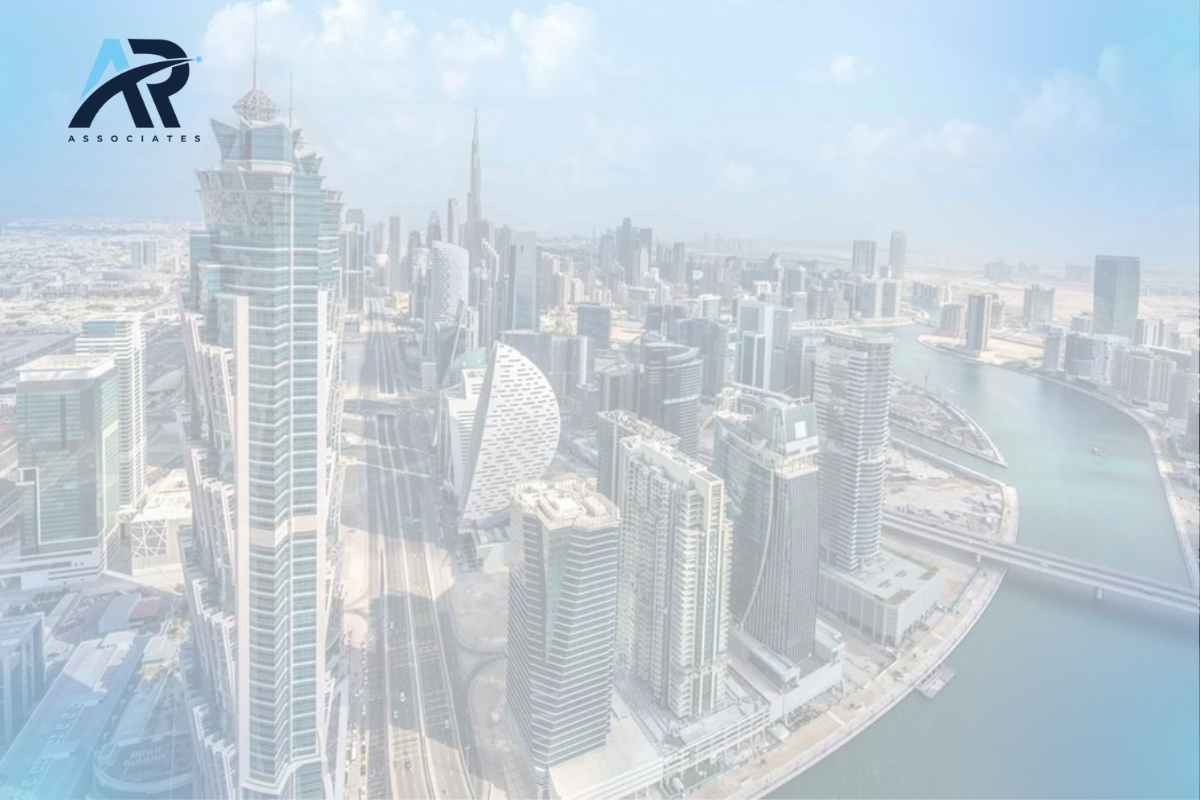The UAE’s real GDP is set to grow by 4.9% in 2025 and accelerate to 5.3% in 2026, according to the Central Bank of the UAE (CBUAE). This growth reflects strong performance in non-hydrocarbon sectors and a rebound in oil output supported by updated OPEC+ plans.
In the first quarter of 2025, the UAE’s economy grew by 3.9% year on year. The non-hydrocarbon sector expanded by 5.3%, led by manufacturing, financial services, construction, and real estate. These sectors continue to drive the country’s economic diversification.
Non-Hydrocarbon and Hydrocarbon Growth
The CBUAE forecasts the non-hydrocarbon sector will grow by 4.5% in 2025 and 4.8% in 2026. Meanwhile, the hydrocarbon sector is expected to expand by 5.8% in 2025 and 6.5% in 2026. This balance underlines the UAE’s commitment to both energy and non-energy sectors.
Inflation eased to 0.6% in Q2 2025, mainly due to lower energy costs. The central bank revised its 2025 inflation forecast downward to 1.5%, with a moderate rise to 1.8% expected in 2026.
Banking and Financial Sector Resilience
Liquidity remains stable, supported by strong deposit growth and sustained credit expansion. The UAE banking system is well-capitalized, with a capital adequacy ratio of 17.3% in Q2 2025. Asset quality improved as the net non-performing loan (NPL) ratio fell to 1.7%.
Deposits rose 13.1% year on year, while loans expanded 11.1%. The insurance sector also strengthened, with gross written premiums up 14.5% in H1 2025. Capital ratios in insurance rose to 423% of minimum requirements, showing robust financial stability.
Capital Markets and Real Estate
Dubai and Abu Dhabi’s stock markets performed strongly. The Dubai Financial Market’s index surged 35.6% year on year, while Abu Dhabi’s index rose 8.1%. Low credit default swap spreads reflect investor confidence.
Residential real estate sales increased 13.7% in the first five months of 2025. Off-plan sales rose 14.3%, and ready unit sales grew 12.5%. However, rental transactions in Dubai and Abu Dhabi fell 4.2%.
Tourism and Aviation
Tourism remains strong. Dubai welcomed 9.9 million international overnight visitors in H1 2025, a 6.1% increase from last year. Abu Dhabi and Dubai airports handled over 15.8 million and 46 million passengers, respectively, showing healthy aviation demand.
Global Outlook and Monetary Policy
The IMF forecasts global growth of 3.0% in 2025, with the US at 1.9% and the euro area at 1.0%. Emerging markets are projected to grow 4.1% in 2025, slowing slightly to 4.0% in 2026.
The GCC region is set to outperform, with growth accelerating from 1.8% in 2024 to 3.5% in 2025, led by strong performance in the UAE and Saudi Arabia. Global inflation is expected to decline from 5.7% in 2024 to 3.6% in 2026.
In line with the US Federal Reserve, the CBUAE maintained its base rate at 4.4% in July, lowering it to 4.15% recently. The dirham overnight rate (Donia) averaged 9 basis points below the base rate after introducing the overnight murabaha facility.
Balance Sheet and Foreign Assets
The CBUAE’s balance sheet expanded by Dh43.6 billion in Q2 2025, mainly due to higher net foreign assets. This supports the UAE’s financial stability and strengthens confidence in UAE’s real GDP growth prospects.
With strong non-oil growth, resilient banking, and robust real estate and tourism sectors, the UAE is well-positioned for sustainable economic growth. Businesses seeking investment opportunities can rely on AR Associates for guidance and support in the UAE market. Contact AR Associates today to explore the potential of UAE’s growing economy.


